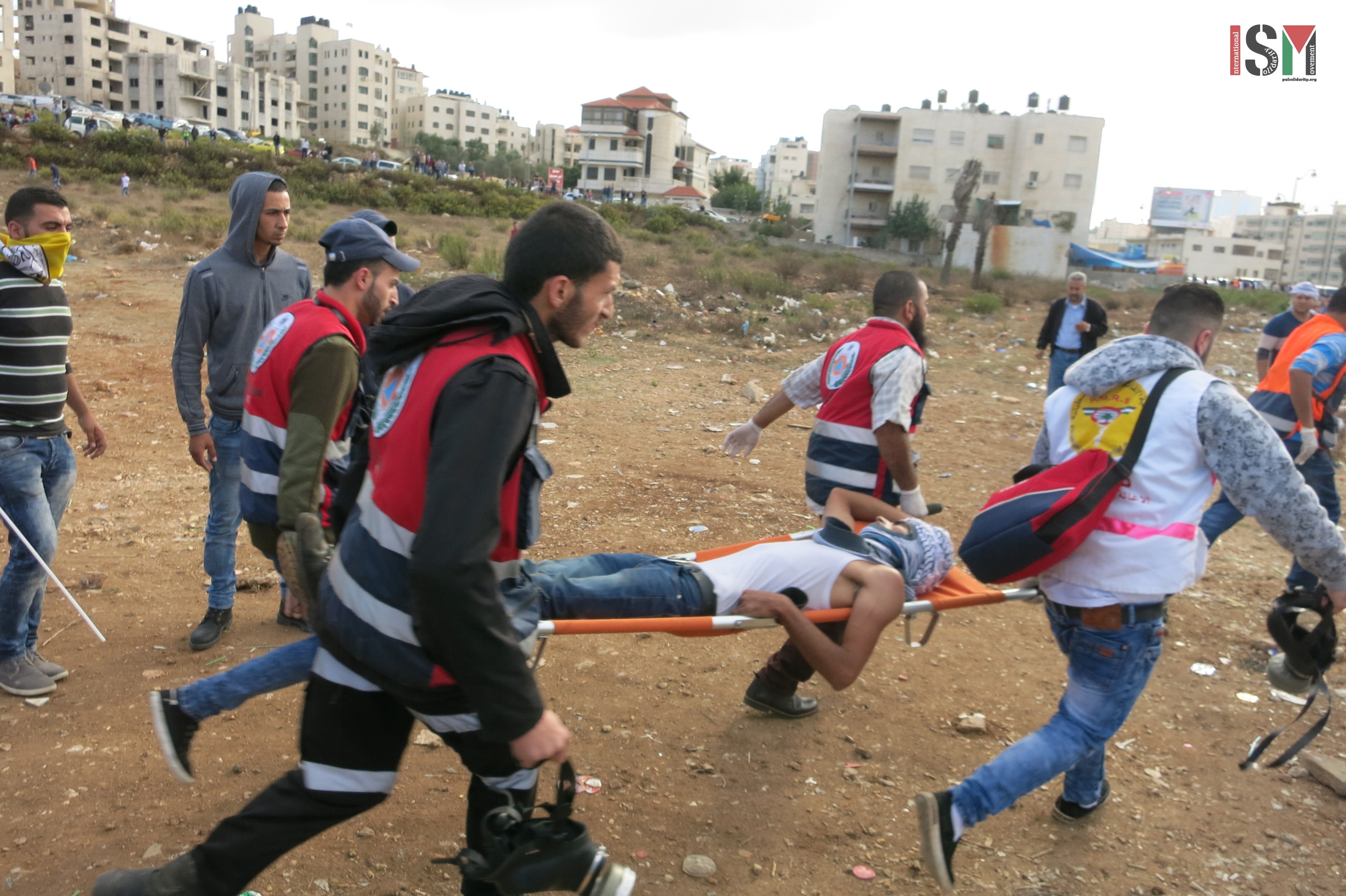Tag: Settlers
-
The other occupation: Settlers terrorize Palestinians of the West Bank
11th October 2015 | International Solidarity Movement, Al-Khalil team | Hebron, occupied Palestine It was another emotional day for Palestinians in al-Khalil, (Hebron) after the burial of martyr Muhammad al-Jabari who was shot to death by Israeli forces near the entrance to the illegal Kiryat Arba settlement. Thousands filled the streets as the body of…
-
Beit El demonstration under attack by Israeli forces after Martyr laid to rest
10th October 2015 | International Solidarity Movement, Al-Khalil team | Ramallah, occupied Palestine Less than one hour after the Halabi family laid their son, martyr Mohannad al-Halabi, to rest in a cemetery in Ramallah, violent confrontations broke out in the nearby Beit El area. In a continuation of the sharp escalation in violence seen across…
-
Settlers march through occupied al-Khalil attacking, insulting and threatening Palestinians and internationals
7th October 2015 | International Solidarity Movement, Al-Khalil team | Hebron, occupied Palestine Yesterday night, October 7th 2015, a large group of settlers harassed, insulted and physically assaulted Palestinian residents and internationals in the Tel Rumeida neighbourhood of occupied al-Khalil (Hebron), injuring several. Around 08:00 pm, more than 50 settlers from the illegal settlements within…



